The South Pars natural-gas condensate field in the Persian Gulf is the mecca of energy production in Iran and despite US sanctions, the output of the field is witnessing a rising trend so much so that the export from the field has increased by 22 percent in the last four months since the start of the Iranian new year on March 21, 2018. Atop the exported items of the field is the category of gas condensates.
The South Pars field, the world's largest natural gas field, is not just the heart of Iran’s energy production, but it is also the hub of non-oil export of Iran including petrochemical products and gas condensates.
In addition to homing South Pars gas field, the Pars Special Economic Energy Zone (PSEEZ) also hosts 16 petrochemical plants which produce more than 20 million tons of petrochemical products. The biggest share of these products are exported.
“In the past 4 months, 5,984,000 tons of non-oil products of the Pars Special Economic Energy Zone equal to $3.26 billion in value have been exported which shows a 10 percent rise in weight and 29 percent increase in the value of the PSEEZ’s non-oil exports vis-à-vis the same period last year,” recounted Ahmad Pourheydar, the Director General of the Customs Department of the Pars Special Economic Energy Zone (PSEEZ).
He also added that the category of gas condensate has also witnessed a 14 percent increase in value of exported products from the PSEEZ in the same period.
According to the same official the total weight of exported products of the PSEEZ in the first 4 months of the current Iranian year of 1397 is 9.911 million tons. The value of the region’s export in this period is $5.609 billion which is 22% more than last year's figures.
“These cargos were mostly exported to China, Japan, South Korea, India, Hong Kong, Indonesia, Turkey, Egypt, UAE and Kuwait,” he added.
YNG/IRN82983833


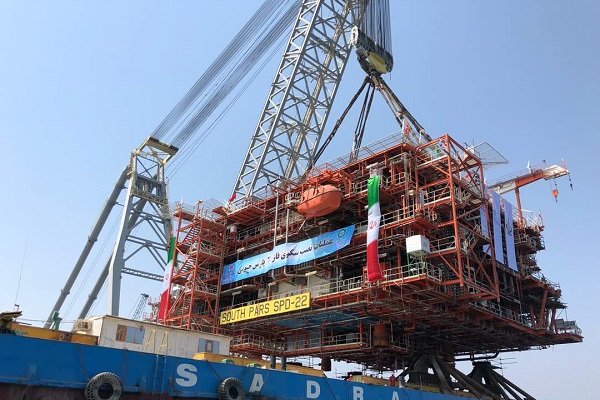





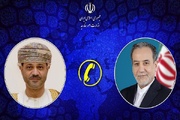

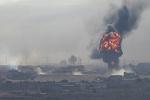
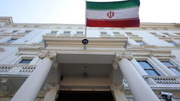










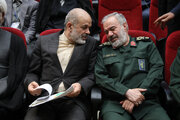



Your Comment